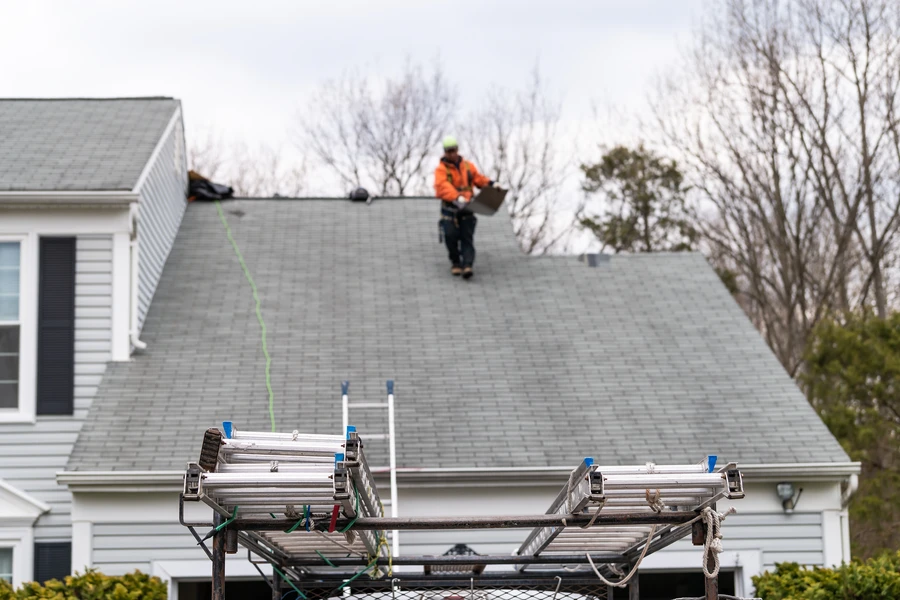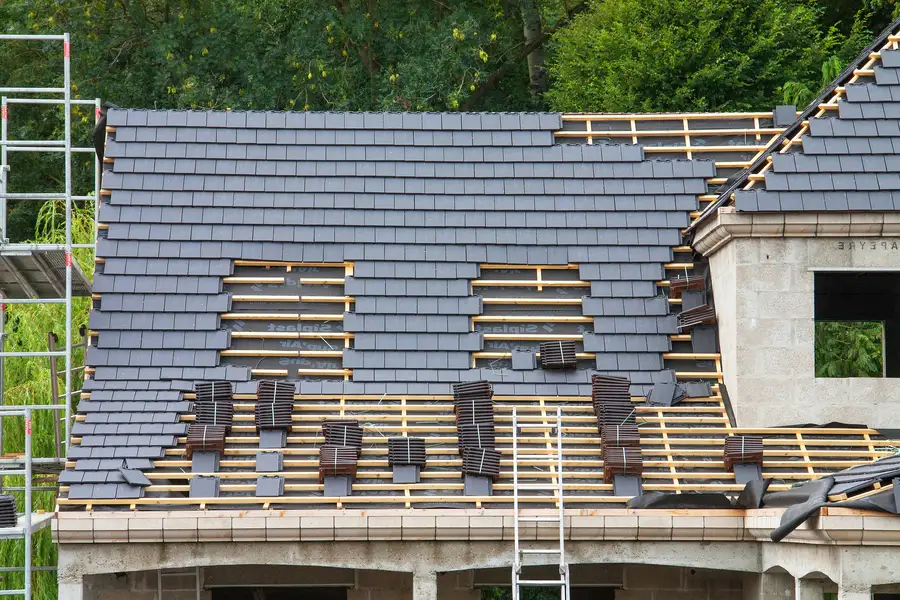Your Guide to Managing Expectations and Outcomes
Embarking on a roof installation project can be both exciting and daunting. Understanding the process helps you prepare for what lies ahead. Whether you’re replacing an old roof or building a new one, each step of the journey is crucial to ensure a successful outcome. This guide will walk you through what to expect, from initial planning to the final touches, so you can navigate your roof installation with confidence.
Initial Planning and Assessment
The first stage involves thorough planning and assessment of your roofing needs. A professional will visit your home to evaluate your current roof’s condition. They will identify any potential issues that might complicate the project. This stage sets the foundation for everything that follows, ensuring all details align with your expectations.
Selecting Materials and Design
Choosing the right materials is a vital part of the roof installation process. You must consider factors such as climate, budget, and aesthetic preferences. Options range from asphalt shingles to metal panels, each offering distinct advantages. Your contractor will help you select materials that match your design goals while providing longevity and durability.
The Installation Timeline
Once the plan is in place, the actual installation begins. Typically, roof installation takes anywhere from a few days to a week, depending on the project’s complexity and weather conditions. Contractors work diligently to minimize inconvenience during this period. Understanding the timeline helps manage expectations regarding disruptions and completion dates.
Common Challenges Faced
During a roof installation, several challenges may arise. Weather delays are common, especially if rain is forecasted. Unexpected structural issues might also extend timelines or require additional materials. Being aware of these potential problems allows you to prepare accordingly and avoid unwelcome surprises.
Navigating Permit Requirements
Roof installations often require permits from local authorities. Compliance with building codes and regulations is essential to avoid legal complications. Contractors typically handle the permit acquisition process, but it’s beneficial for homeowners to understand what’s involved. Knowing your area’s specific requirements ensures you remain informed throughout the project.
Ensuring Quality Workmanship
Quality assurance plays a key role in any roof installation. Reputable contractors offer warranties on their workmanship, providing peace of mind long after completion. Regular inspections throughout the project help maintain high standards and address any defects promptly. Insisting on quality checks ensures the final result meets your expectations.
Budget Considerations
Cost is always a primary concern when undertaking a roof installation project. Be upfront about your budget limitations during initial consultations. This transparency helps contractors provide realistic estimates and prevents overspending. Many companies offer financing options, which can ease financial burdens associated with unexpected expenses.
Post-Installation Care and Maintenance
Your involvement doesn’t end once the installation is complete. Ongoing maintenance prolongs your roof’s lifespan and enhances its performance. Simple actions like cleaning gutters regularly and checking for damage after severe weather contribute significantly to preserving your investment over time.
Conclusion: Taking the Next Step
Having understood the intricacies of a roof installation project, you’re better positioned to make informed decisions moving forward. If you’re ready to start, contact me at (909) 361-0079 for personalized guidance tailored to your needs. Based in Twin Peaks, CA, I am dedicated to delivering exceptional service through Perez Roofing Service. Partner with me today for a seamless roofing experience that protects your home for years to come.


